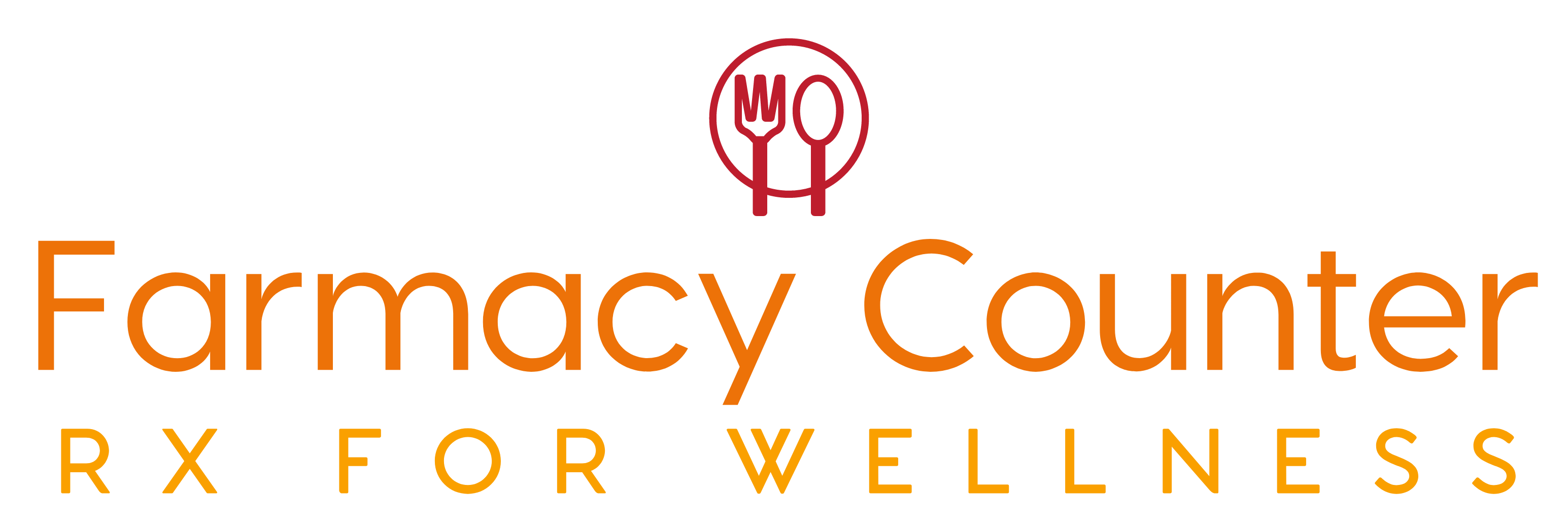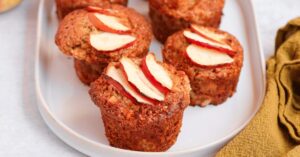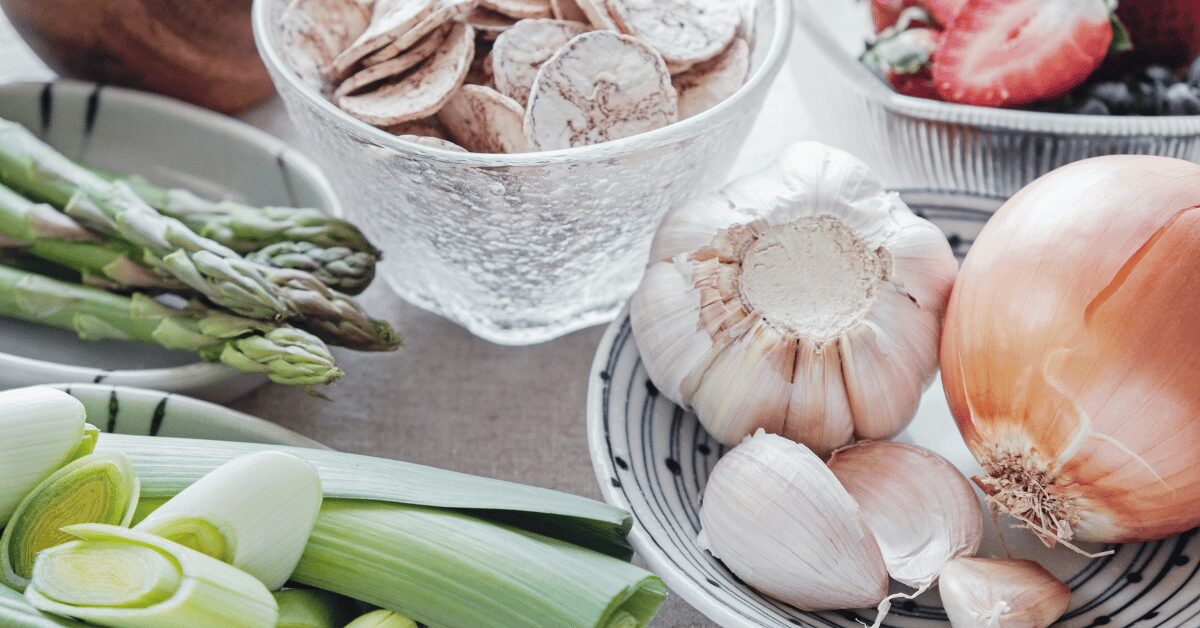
Think of prebiotics as fertilizer for your gut garden. While probiotics are the beneficial bacteria living in your digestive system, prebiotics are special types of fiber that feed those good bacteria, helping them thrive and multiply.
Your gut microbiome—the community of trillions of bacteria in your digestive tract—needs the right fuel to function optimally. Prebiotics are that fuel. They’re non-digestible fibers that pass through your upper digestive tract intact and ferment in your colon, where your beneficial bacteria break them down and use them for energy.
Why Do You Need Prebiotics?
Your gut bacteria aren’t just passive passengers. They’re active participants in your health, influencing everything from digestion to immunity to mood. But without proper nutrition, even the best probiotic supplements won’t establish a thriving gut environment.
Prebiotics selectively feed beneficial bacteria like Bifidobacteria and Lactobacilli while starving out harmful microbes. This selective feeding creates a healthier microbial balance that supports your entire body.
The Benefits of Prebiotics
Digestive Health
- Improved bowel regularity and consistency
- Reduced bloating and gas (once your gut adjusts)
- Enhanced nutrient absorption, especially minerals like calcium and magnesium
- Strengthened intestinal barrier function
Immune System Support
- 70% of your immune system lives in your gut
- Prebiotics help beneficial bacteria produce short-chain fatty acids (SCFAs) that regulate immune function
- Reduced inflammation throughout the body
Blood Sugar Balance
- Improved insulin sensitivity
- Better glucose metabolism
- Reduced post-meal blood sugar spikes
Weight Management
- Increased satiety and reduced appetite
- Production of hormones that signal fullness
- Improved fat metabolism
Mental Health & Brain Function
- The gut-brain axis relies on a healthy microbiome
- Beneficial bacteria produce neurotransmitters like serotonin
- Reduced anxiety and improved mood in many studies
Heart Health
- Lower cholesterol levels
- Reduced blood pressure
- Decreased inflammation markers

How Much Do You Need?
Research suggests optimal prebiotic intake ranges from 5-15 grams per day for most adults. A good starting target is 10 grams daily, which you can adjust based on your tolerance and health goals.
Important: If you’re new to prebiotics, start slowly! Begin with 3-5 grams daily and gradually increase over 2-3 weeks. Your gut bacteria need time to adjust, and jumping in too quickly can cause temporary bloating, gas, or digestive discomfort.
Your Prebiotic Food Guide
Use this list to track your daily prebiotic intake. Mix and match foods throughout the day to reach your 10-gram target.
High Prebiotic Foods (3+ grams per serving)
Food | Serving Size | Prebiotic Content |
Raw chicory root | 1 oz (28g) | 13.5g |
Raw Jerusalem artichoke | 1/2 cup (75g) | 12g |
Raw dandelion greens | 1 cup (55g) | 7.5g |
Raw garlic | 3 cloves (9g) | 5g |
Raw leeks | 1/2 cup (45g) | 3.5g |
Raw onions | 1/2 cup (80g) | 3.5g |
Cooked asparagus | 1/2 cup (90g) | 3g |
Moderate Prebiotic Foods (1-3 grams per serving)
Food | Serving Size | Prebiotic Content |
Raw banana (slightly green) | 1 medium | 2.5g |
Cooked onions | 1/2 cup (105g) | 2.5g |
Raw jicama | 1/2 cup (65g) | 2g |
Oats | 1/2 cup dry (40g) | 2g |
Flaxseeds | 2 tbsp (14g) | 1.8g |
Cooked garlic | 3 cloves | 1.5g |
Pistachios | 1/4 cup (30g) | 1.5g |
Apples with skin | 1 medium | 1.4g |
Raw cabbage | 1 cup shredded (70g) | 1.2g |
Nectarines | 1 medium | 1.2g |
Good Prebiotic Sources (0.5-1 gram per serving)
Food | Serving Size | Prebiotic Content |
Cashews | 1/4 cup (30g) | 0.9g |
Almonds | 1/4 cup (30g) | 0.8g |
Cooked lentils | 1/2 cup (100g) | 0.8g |
Chickpeas | 1/2 cup (82g) | 0.8g |
Watermelon | 1 cup cubed (150g) | 0.8g |
Grapefruit | 1/2 medium | 0.7g |
Pomegranate arils | 1/2 cup (87g) | 0.7g |
Beets | 1/2 cup cooked (85g) | 0.7g |
Brussels sprouts | 1/2 cup cooked (78g) | 0.6g |
Broccoli | 1/2 cup cooked (78g) | 0.6g |
Sweet potato | 1/2 cup cooked (100g) | 0.6g |
Snow peas | 1/2 cup (75g) | 0.5g |
Peaches | 1 medium | 0.5g |
Ripe banana | 1 medium | 0.5g |
Blueberries | 1/2 cup (75g) | 0.5g |
Sample Daily Menu to Reach 10 Grams
Breakfast
- 1/2 cup oats (2g)
- 1/2 medium banana, slightly green (1.3g)
- 2 tbsp flaxseeds (1.8g)
- Subtotal: 5.1g
Lunch
- Large salad with 1 cup raw cabbage (1.2g)
- 1/2 cup cooked lentils (0.8g)
- 3 cloves raw garlic in dressing (5g) or substitute 1/4 cup raw onions (1.8g)
- Subtotal: 7g (or 3.8g without raw garlic)
Snack
- 1 medium apple with skin (1.4g)
- 1/4 cup almonds (0.8g)
- Subtotal: 2.2g
Dinner
- 1/2 cup cooked asparagus (3g)
- 1/2 cup chickpeas (0.8g)
- Subtotal: 3.8g
Daily Total: 12-18 grams (depending on whether you use raw garlic)
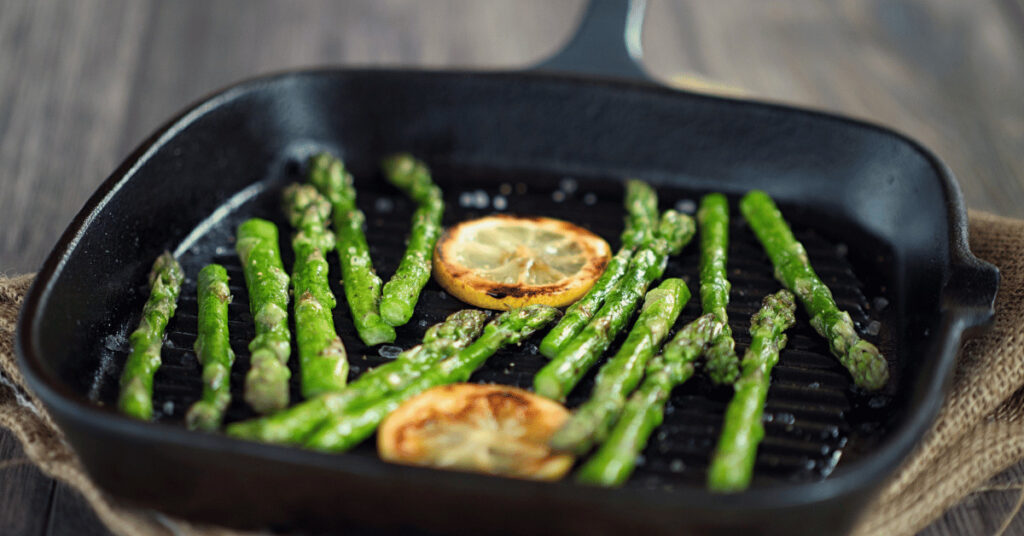
Practical Tips for Success
- Raw vs. Cooked Matters Many prebiotic fibers break down with heat. Raw garlic, onions, and leeks contain significantly more prebiotics than cooked versions. Add them raw to dressings, salsas, or at the end of cooking.
- Embrace Slightly Green Bananas As bananas ripen, their resistant starch (a prebiotic) converts to regular sugar. Slightly green or just-yellow bananas offer the most prebiotic benefit.
- Diversity is Key Different prebiotic fibers feed different beneficial bacteria. Aim for variety rather than relying on just one or two sources.
- Keep a Food Journal Track your prebiotic intake for one week to identify gaps and opportunities. You might be closer to your goal than you think!
- Prep Prebiotic-Rich Ingredients
- Chop onions and garlic in advance
- Keep raw jicama sticks in the fridge
- Pre-portion nuts for easy snacking
- Batch cook asparagus, lentils, and chickpeas
- Add Prebiotics to Existing Meals
- Add raw garlic to hummus or salads
- Mix flaxseeds into smoothies
- Top salads with raw onions or jicama
What About Supplements?
While whole foods are always preferred, prebiotic supplements can help you reach your target if you struggle with food sources. Common forms include:
- Inulin powder (from chicory root)
- Partially hydrolyzed guar gum (PHGG)
- Acacia fiber
- Resistant starch supplements
Start with small doses (2-5g) and increase gradually. Take supplements with meals and plenty of water.
When to Expect Results
Week 1-2: Your gut bacteria begin to shift. You might experience temporary gas or bloating as your microbiome adjusts.
Week 3-4: Digestive changes become apparent—improved regularity, reduced bloating, better stool consistency.
Week 6-8: Systemic benefits emerge—better energy, clearer skin, improved mood, stronger immunity.
Month 3+: Long-term benefits solidify—sustained weight management, reduced inflammation, optimal gut-brain communication.
Important Considerations
Start Slow: Rapidly increasing fiber can cause digestive distress. Gradually build up your intake.
Drink Water: Prebiotics need fluid to work properly. Aim for at least 8 glasses daily.
Listen to Your Body: Some people with SIBO (small intestinal bacterial overgrowth) or IBS may need to moderate high-FODMAP prebiotics initially. Work with your practitioner.
Consistency Matters: Your gut bacteria thrive on regular feeding. Daily prebiotic intake works better than sporadic large doses.
The Bottom Line
Prebiotics are one of the most powerful tools for optimizing your gut health and, by extension, your overall wellness. By incorporating 10 grams of prebiotic-rich foods into your daily routine, you’re investing in a stronger immune system, better digestion, balanced blood sugar, and even improved mental health.
Start today by adding just one or two prebiotic foods to your meals. Your gut bacteria—and your body—will thank you.
Ready to Take the Next Step?
If symptoms like low energy, mood swings, brain fog, cravings, or digestive discomfort feel like your “new normal,” your gut may be trying to tell you something.
Understanding which type of imbalance you’re dealing with — whether it’s low stomach acid, bacterial overgrowth, or a weakened gut lining — can completely transform your healing approach.
👉 Take the 3-minute “What’s Your Gut Imbalance Type?” Quiz here
and get clarity on what’s actually happening beneath the surface.
You’ll receive a personalized 7-page report with:
✅ Your unique gut imbalance type (and what it means for your symptoms)
✅ Functional medicine-based nutrition + lifestyle strategies tailored to your results
✅ A clear roadmap to start restoring balance, energy, and resilience
This quiz is more than a starting point — it’s a step toward reconnecting with your body and reclaiming your vitality.
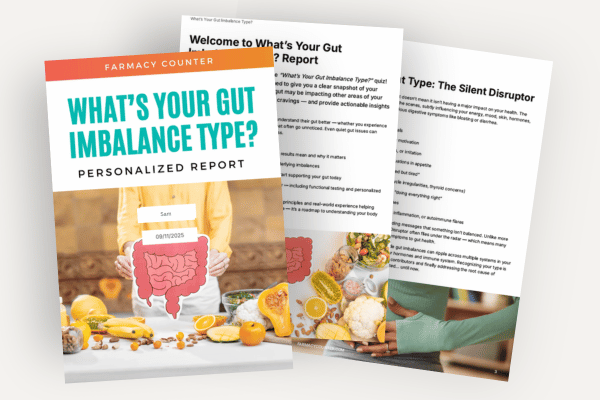
What’s Your Gut Imbalance Type?
Take our 3-minute quiz to discover your unique gut type — and get a personalized 7-page report with insights and actionable steps to support digestion, energy, mood, and overall gut health.
